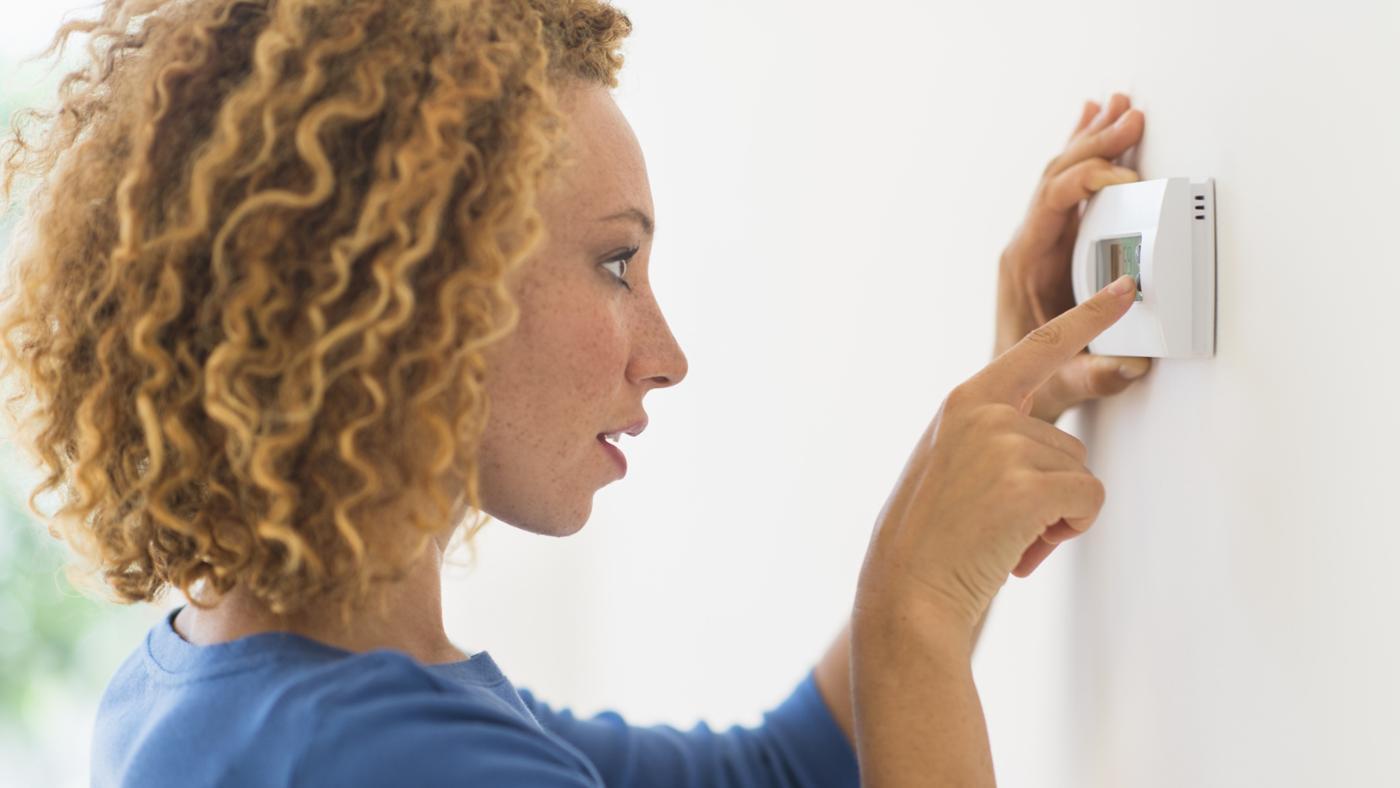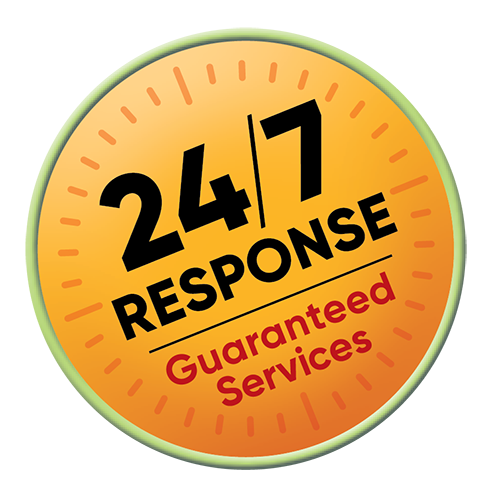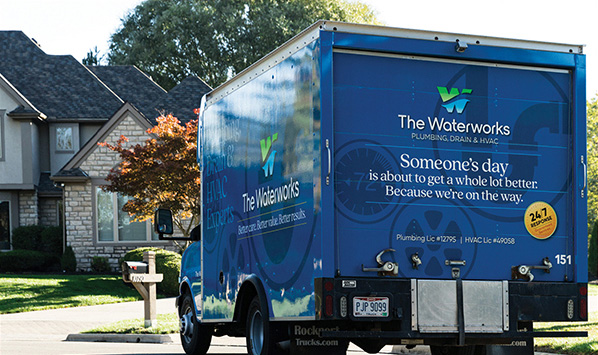
Emergency Heat Setting: When to switch what you need to know
Brrrr! Now that the cold months are settling in, your furnace may be working overtime to keep up with the dipping temperatures. Heat pumps used as a first-stage heat resource may malfunction and leave you confused about whether you should flip your thermostat setting over to emergency heat. Not sure what to do? Here are some tips to help you decide when, or more importantly, when not to use your emergency heat setting.
WHAT IS EMERGENCY HEAT?
Also known as “auxiliary heat”, this is the second stage of heat that your thermostat runs on when the temperature is too cold for your heat pump to extract heat from the outside.
Since this second stage heat source is designed to be just that, secondary, running your heat pump on emergency heat increases your HVAC system’s energy usage and results in escalating energy bills.
HOW DOES EMERGENCY HEAT WORK?
In most cases, an emergency heat’s source is electric, but it can also run-on natural gas or oil. Think of an electric second stage heat source like a strip of heated coils in a toaster within your air handler. If your second stage heat source is oil or gas, it is probably hooked into your furnace.
When you set your thermostat to emergency heat, your system bypasses the heat pump and directly accesses either the electric heat strip or gas/oil furnace heat. For electric systems, this turns your air handler into an electric furnace, which can be costly to run for extended periods of time.
WHEN SHOULD I TURN ON EMERGENCY HEAT?
Many people assume that emergency heat is designed to be turned on by the homeowner during especially cold weather, but that is not exactly true. Emergency heat should only be switched on by the homeowner in emergency situations when something happens to the first stage heat source—your heat pump.
For example, if a tree limb weighed down by snow falls on your outdoor unit and damages it, you should switch on your emergency heat and call an HVAC professional. If your heat pump is malfunctioning and shorts out or freezes over, flip the switch and call for an HVAC maintenance appointment.
For all-electric systems, your emergency heat system should keep you warm until your heat pump can be fixed. Please note: the emergency heat will not feel as warm as normal levels (72 degrees) but provide enough heat to prevent frozen pipes and/or keep heat circulating throughout the home. For gas or oil furnace second stage systems, you should be fine for longer periods of time.
The point is that the emergency heat setting is meant to temporarily keep your home warm while you get your heat pump repaired. It is not meant to run indefinitely.
HOW TO USE EMERGENCY HEAT CORRECTLY
To avoid costly energy bills, you would be advised not to use your emergency heat setting unless your heat pump is malfunctioning or damaged. Save yourself money by keeping your thermostat setting on “Heat” during the winter. If you do need to switch to emergency heat, contact an HVAC professional as soon as possible to get your heat pump working again.
Todd Shepherd, The Waterworks HVAC Manager recommends keeping your thermostat set to a consistent temperature that makes you and your family feel most comfortable. Lowering and raising (programming) the temperature on the thermostat will trigger auxiliary heat. Most thermostats are set to bring on auxiliary heat when there is a 2-degree temperature swing in the home.
“We also recommend setting the fan to the ‘on’ position so it will run continuously. This will help keep your home more equally heated and cooled. It can also help contribute to lower electric bills by maintaining a consistent temperature across the thermostat, while keeping down on the dust in your home.”
To maximize your furnace’s efficiency, call our team at The Comfortworks prior to the winter season for a professional inspection and tune-up. Your family will thank you and be cozy and comfortable when the temps dip.
Plumbing emergency? We respond any time!





